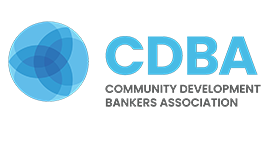Banks Want Efficiency. Critics Warn of Backsliding.
A decade after big banks needed government support to dig out of the financial crisis, the Federal Reserve is slowly, but steadily, making a series of regulatory changes that could chip away at new requirements put in place to prevent a repeat of the 2008 meltdown. Some of the changes, seemingly incremental and technical on their own, could add up to a weakening of capital requirements installed in the wake of the crisis to prevent the largest banks from suffering the kind of destabilizing losses that imperiled the United States economy. Another imminent change will soften a rule intended to prevent banks from making risky bets with customer deposits. Fed officials and others who support the changes, including big banks, say the Fed is engaging in what they call “tailoring” — a regulatory correction that will bring greater efficiency to standards written in the heat of a meltdown. But some current and former Fed officials worry that the central bank and its fellow regulators are giving large banks, which are making big profits, an unnecessary gift that could leave the economy exposed in the next downturn.
